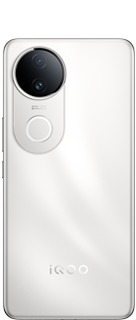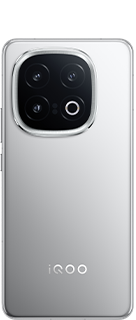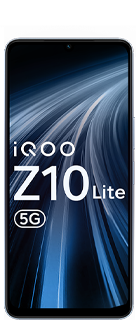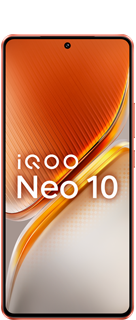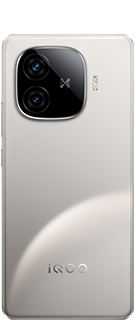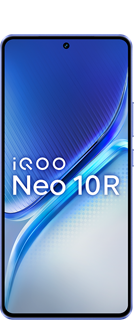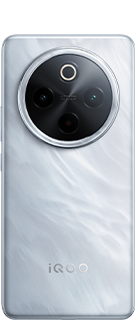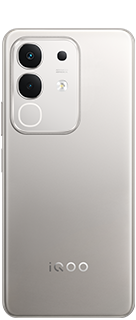Nvidia RTX 5060 Ti vs AMD Radeon 9060 XT with DLSS and FSR Enabled
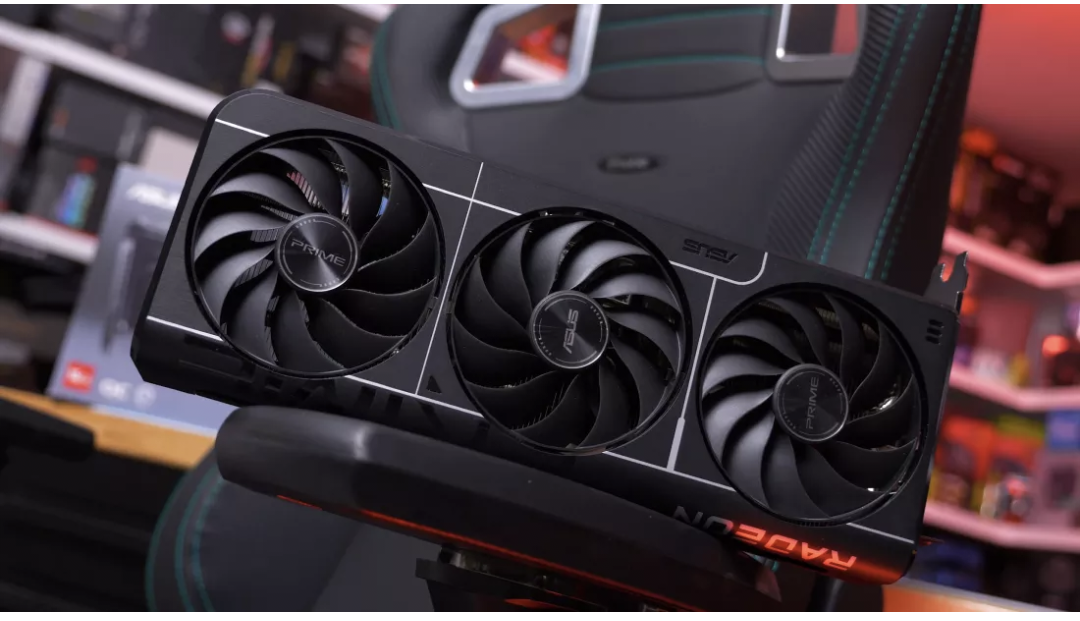
When looking to buy a mid-range graphics card for a gaming PC, you're probably choosing between the GeForce RTX 5060 Ti and the Radeon RX 9060 XT, and per our recommendation, 16GB versions for both GPU models. In today's review, we will be comparing these GPUs with multiple upscaling modes enabled to determine which model performs best in realistic gaming configurations. We know many of you will be using DLSS 4 on a GeForce GPU and FSR 4 on a Radeon GPU, and this review includes performance data for both.

This comparison allows us to explore a range of important insights. You'll be able to see both the native and upscaled FPS performance of these cards across various games, giving you a clearer idea of the experience each one offers.Gamers examine whether DLSS 4 or FSR 4 provides a greater performance uplift, and whether that shift affects the overall performance difference between the two GPUs.
You will also see the impact of using Balanced or Performance upscaling modes instead of Quality, which is increasingly relevant as modern upscaling technologies have become highly effective even at lower settings.
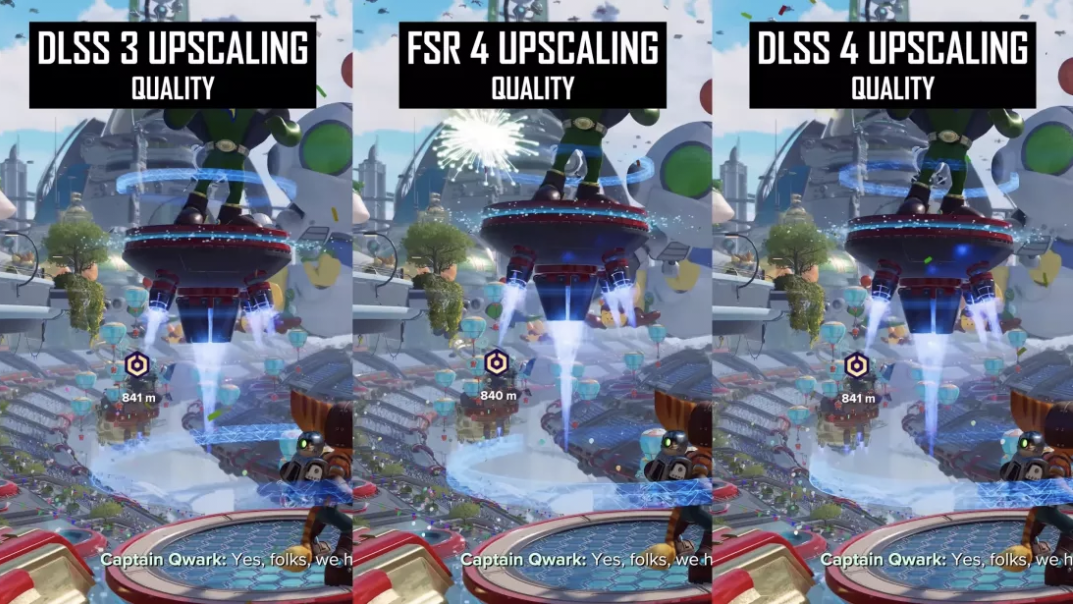
The goal of this benchmarking feature is to provide more data and a different perspective than our initial day-one review, which focused primarily on native performance at various resolutions. Testing multiple upscaling modes on top of all the other evaluations is extremely time-consuming, which is why the original review focused on more standardized, apples-to-apples data. Now that these cards have been available for some time, it's the perfect opportunity to dive deeper into additional upscaling analysis.Our in-depth features explore how these upscalers work, the visual differences between DLSS 4 and FSR 4, and how the various upscaling settings compare. These are valuable companion resources that complement this performance-focused review.
Test Setup and System Specs
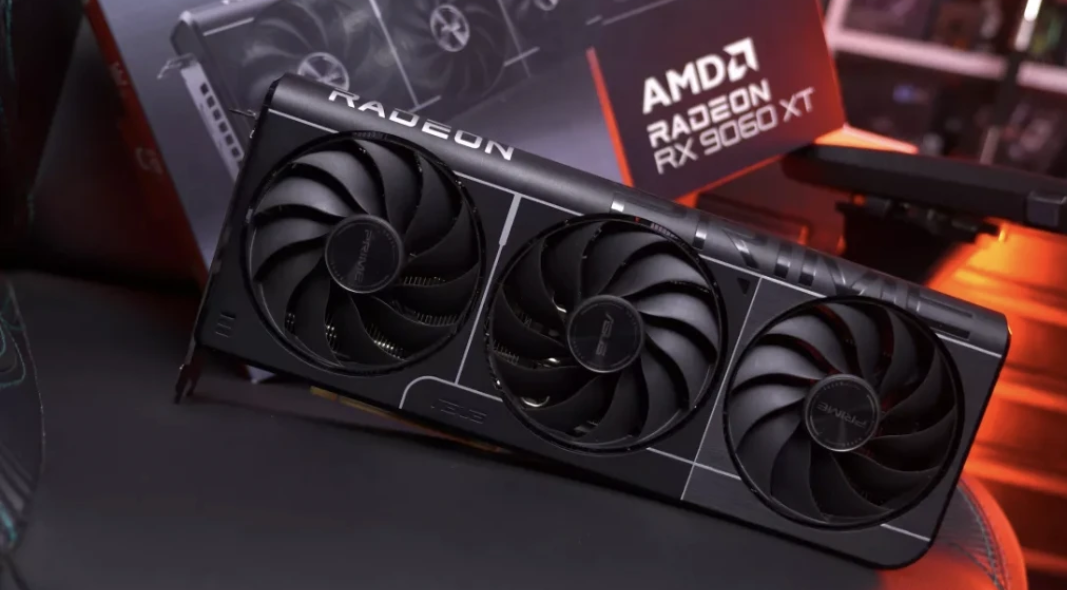
Today, gamers are testing 15 titles at 1440p that support both DLSS 4 and FSR 4. For each game, we are evaluating the three main upscaling modes: Quality, Balanced, and Performance. This, in addition to native TAA. The TAA output is visually identical on both cards, serving as a consistent reference point.On the Radeon card, all games are configured to use FSR 4 via the driver software toggle.We are fortunate to have the Asus Prime models of both the 5060 Ti 16GB and the 9060 XT 16GB for this testing. This adds a valuable real-world element to the comparison, as these are intended to be equivalent models from the same brand.
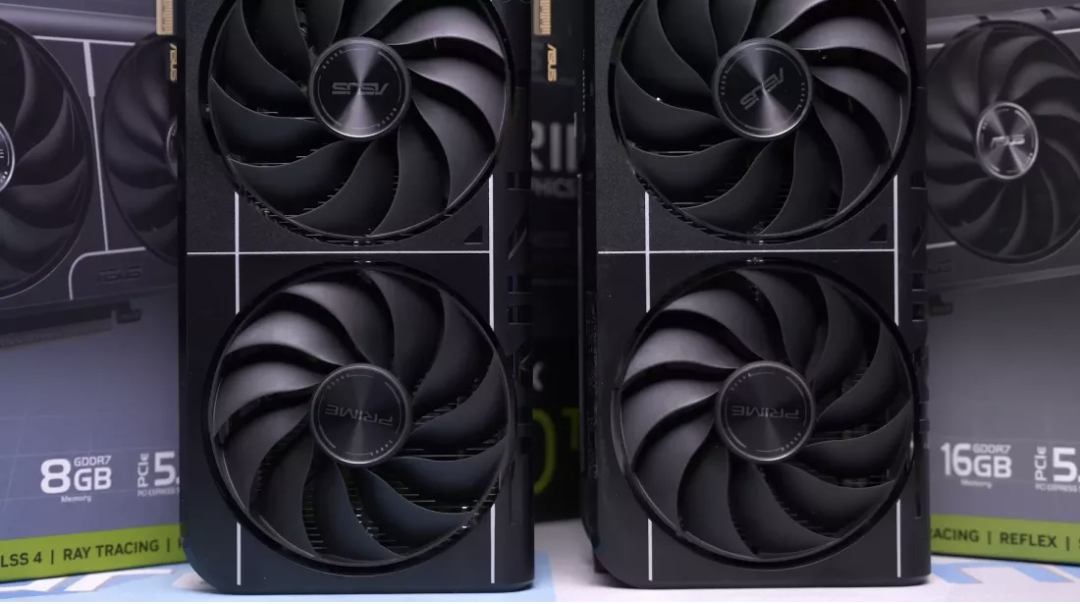
The Prime is Asus' mid-range offering – better than the Dual series, but below the TUF Gaming line. Both cards are factory overclocked to similar levels and feature similar coolers and designs. While not identical, they are comparable in quality and pricing.The Prime 5060 Ti 16GB is currently priced at $530, a $100 premium over its $430 MSRP. The Prime 9060 XT 16GB is priced at $440, a $90 premium over the $350 MSRP. These are significant markups, but they reflect the current state of the GPU market, where neither model is typically available at its MSRP.Our test system includes a Ryzen 7 9800X3D CPU, 32GB of DDR5-6000 CL30 memory, and the latest game updates, Windows patches, and drivers. We are using driver version 577.00 for Nvidia and 25.6.3 for AMD.
Benchmarks
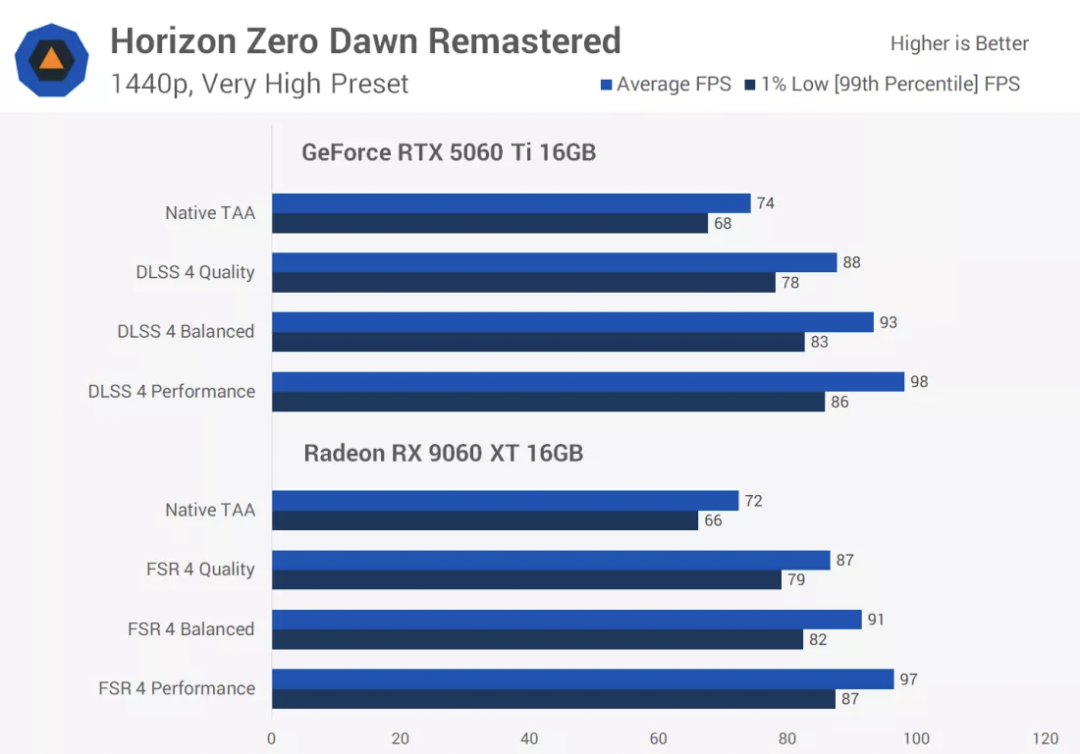
Horizon Zero Dawn
Starting with Horizon Zero Dawn Remastered, there is very little difference between the two models at native 1440p. These margins remain relatively unchanged when upscaling is applied. The RTX 5060 Ti is 3% faster using native TAA, 1% faster with Quality upscaling, 2% faster with Balanced, and again 2% faster with Performance. All of these differences fall within what we consider a tie. On both GPUs, Quality upscaling provides a 19% performance uplift at 1440p using the highest in-game preset.
Ratchet & Clank: Rift Apart
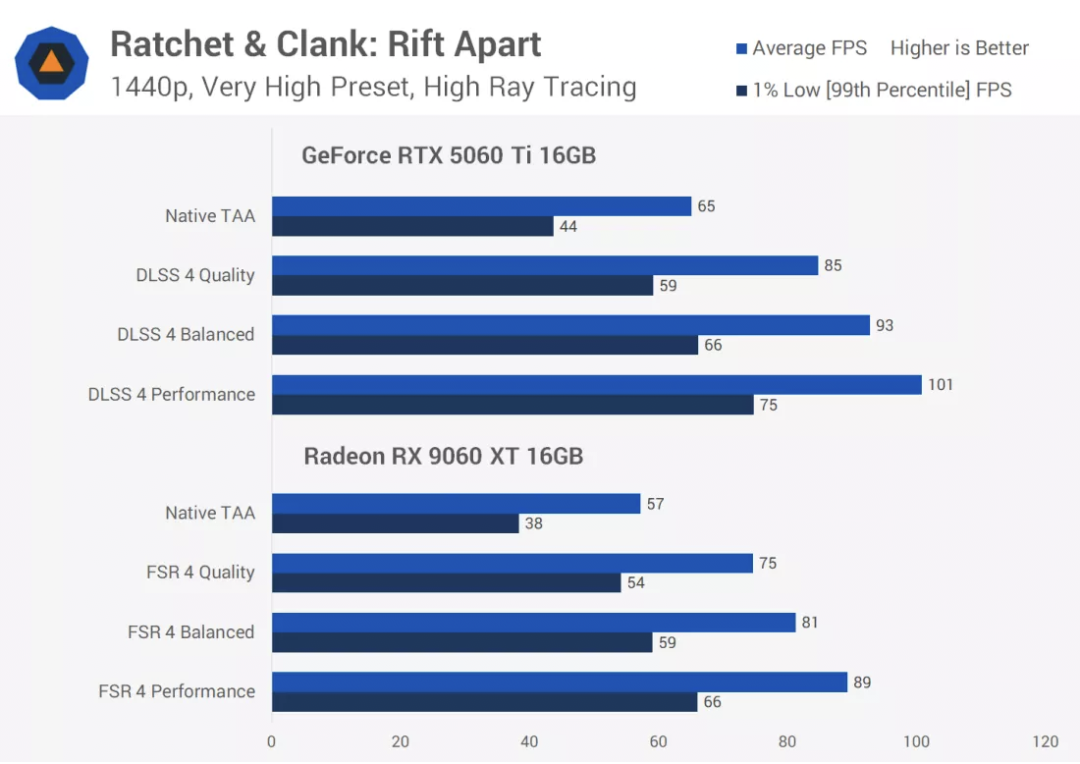
Ratchet & Clank: Rift Apart is quite playable on these mid-range GPUs, even while using the highest preset with ray tracing set to High. In this configuration, the GeForce GPU is 14% faster across all upscaling settings. Despite the 5060 Ti's advantage in ray tracing, the 9060 XT still delivers playable performance. With FSR 4 set to Quality, it achieves an average of 75 FPS, which is solid for this type of game.
Marvel's Spider-Man 2
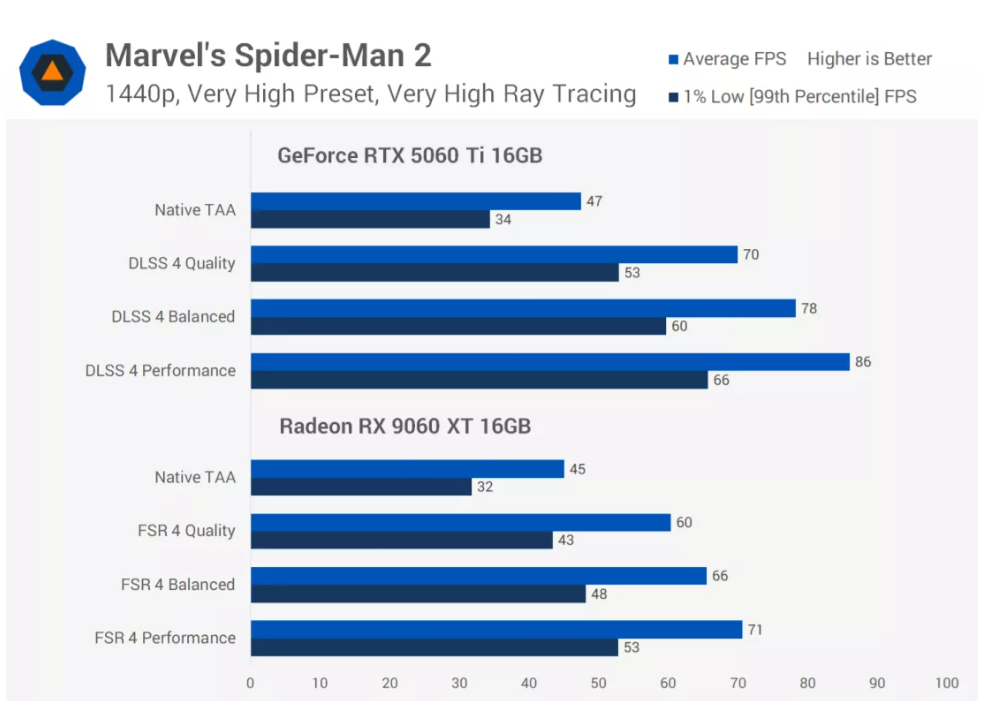
In Spider-Man 2, tested with the Very High preset and Very High ray tracing, the GeForce GPU starts with a modest 5% lead at native 1440p. This advantage increases with upscaling: DLSS 4 boosts performance by 49% on the 5060 Ti, while FSR 4 improves performance by only 33% on the 9060 XT. As a result, the 5060 Ti extends its lead to 16% with Quality upscaling and 20% with Balanced. Both cards reach a 60 FPS average with upscaling, though the GeForce card is clearly faster.
Performance Summary
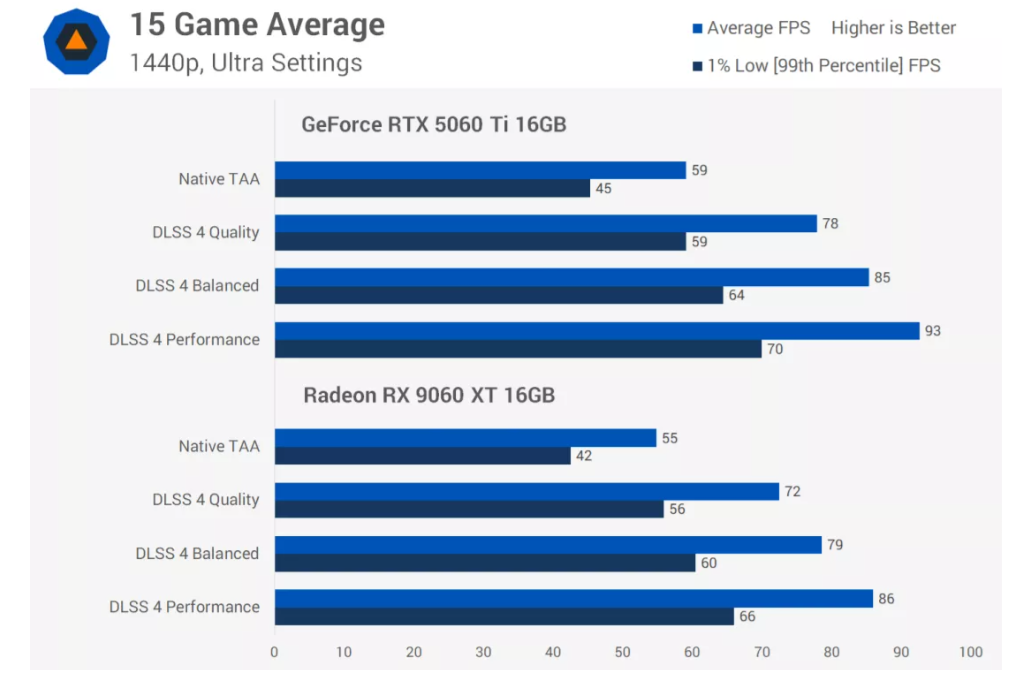
Here are the average results across 2 games tested games, calculated using a geometric mean. What stands out is that, although we observed a range of outcomes with upscaling – sometimes the 5060 Ti gained more ground, other times the 9060 XT did – on average, the performance margins between the two GPUs remain consistent. In this sample of 15 games, we found that the 5060 Ti 16GB was 9% faster on average at native 1440p. With Quality upscaling, it was 10% faster, then again 10% faster using Balanced upscaling, and 9% faster using Performance upscaling.
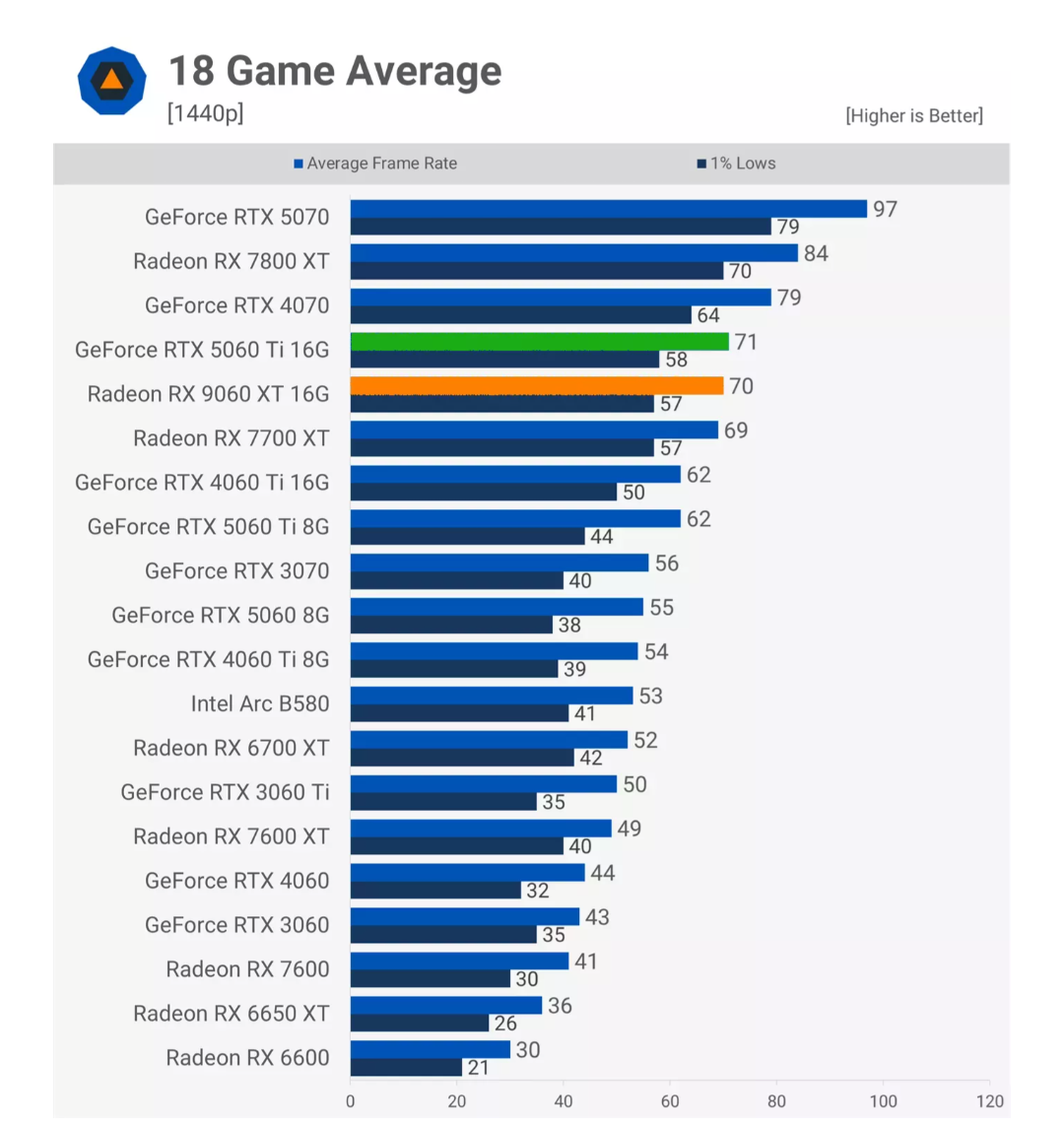
This is good news for those who chose either card based on our day-one benchmarks, which focused on native rendering. In real-world scenarios where DLSS 4 or FSR 4 is used, the relative performance gap between the two models does not change meaningfully. Of course, one could argue that image quality varies between DLSS 4 and FSR 4, and in some titles, Quality vs Balanced might feel closer subjectively, but when comparing the same upscaling modes, the margins are consistent.
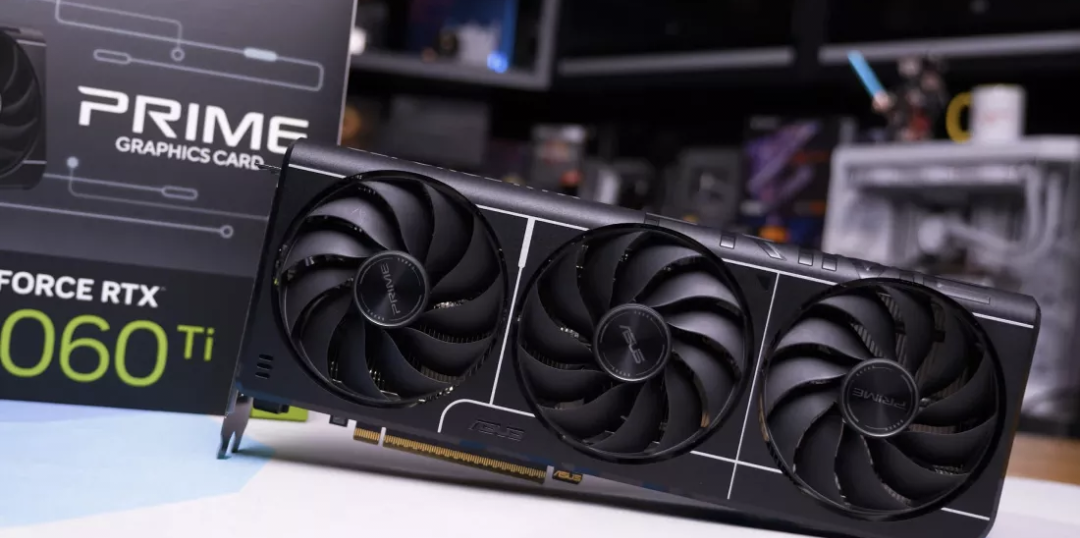
This also means the typical performance uplift from enabling upscaling is similar across both GPUs. On average, Quality mode provided a 30% increase over native rendering, Balanced delivered about 45%, and Performance added roughly 55%. These results come from games that run at approximately 60 FPS natively.You can expect a larger uplift if the baseline FPS is lower and a smaller one if the baseline is higher. Dropping from Quality to Balanced yields about a 10% gain, which we consider the minimum acceptable setting for gaming at 1440p using either DLSS 4 or FSR 4. Performance mode provides an additional 8 to 9% boost but comes with more noticeable visual compromises.
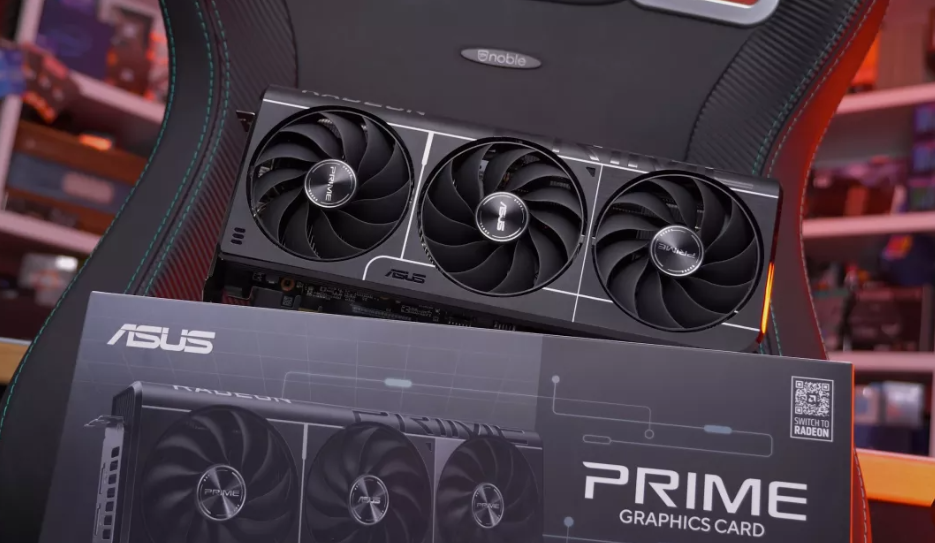
You may have noticed these results are more favorable to the RTX 5060 Ti compared to our day-one review of the 9060 XT, where the 5060 Ti was just 1% faster on average at 1440p. This is almost entirely due to the game selection in this review, which focuses solely on titles that support both DLSS 4 and FSR 4.The current sample includes games that perform significantly better on GeForce GPUs, such as Assassin's Creed Shadows and Stellar Blade, which were not part of our initial coverage. Unfortunately, some of the stronger titles for Radeon, like Call of Duty: Black Ops 6, could not be included as they do not yet support DLSS 4.
Takeaways and Buying Recommendations
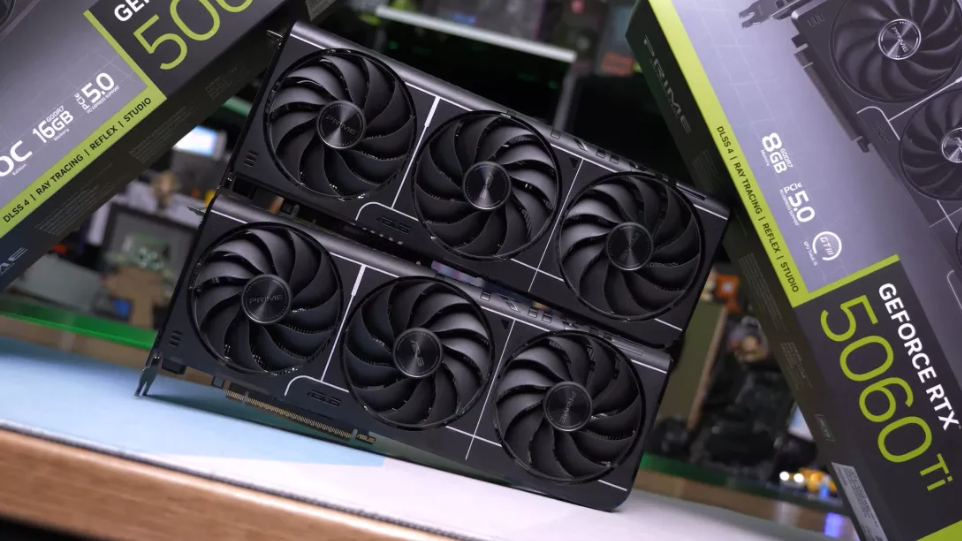
Ultimately, these results do not substantially alter our overall assessment of the GeForce RTX 5060 Ti and Radeon RX 9060 XT 16GB. With upscaling enabled, the performance margins remain in line with what we observed in native rendering tests, so there is no reason to adjust our previous recommendations.Another encouraging takeaway is that upscaling enables highly playable performance in most of the games we examined. In 12 out of the 15 titles tested at 1440p ultra settings, upscaling using acceptable modes like Quality or Balanced delivered at least 60 FPS in the benchmarked areas.Many of the games were running at 80 to 90 FPS using Quality upscaling, which provides a great experience for a mid-range or mainstream graphics card. And this is without using frame generation, which many gamers do not like, just standard upscaling.
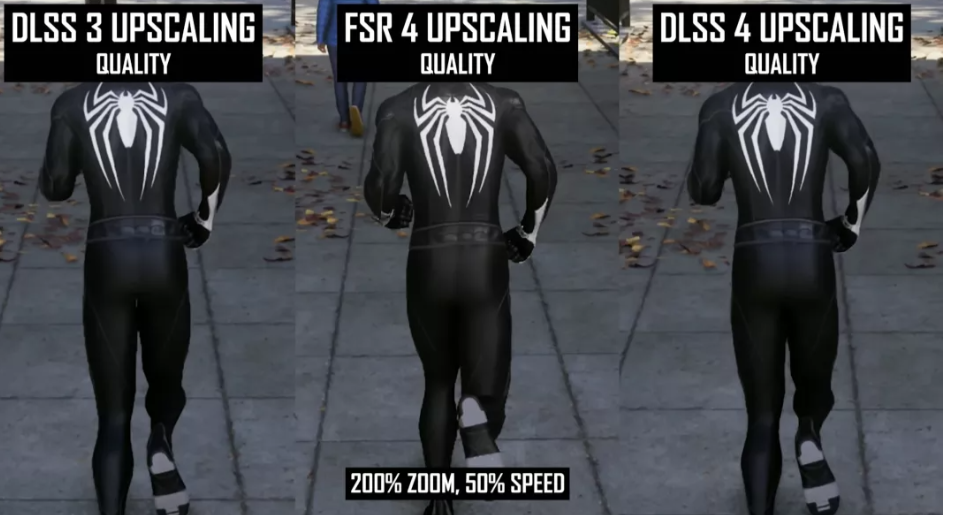
At the moment, the best-value option in this price range remains the Radeon RX 9060 XT 16GB, which can currently be found for as low as $360 to $370. The GeForce RTX 5060 Ti 16GB is occasionally available at $450 but is more often priced at $480 or higher.That makes the GeForce card roughly 25 to 35 percent more expensive, for at best a 10 percent performance advantage, as shown today when comparing Quality upscaling at 1440p. Across a broader set of games, we would expect the performance margin to drop into the single digits.The more meaningful difference between these two products lies not in raw performance, but in the overall quality of the upscaling technology. DLSS 4 generally produces better visual results than FSR 4 at resolutions like 1440p, which are typical for mainstream GPUs.While FSR 4 is certainly usable and has its strengths, DLSS 4 often provides more consistent visual stability. You can learn more about this in our DLSS 4 vs FSR 4 feature articles.
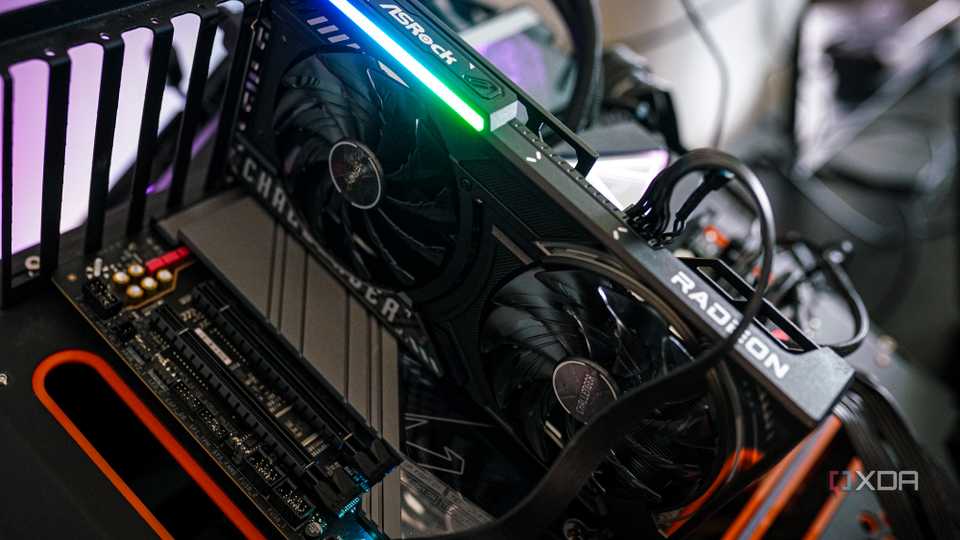
On top of that, Nvidia continues to offer broader upscaling game support. AMD has done a decent job expanding FSR 4 support, particularly in titles released in 2025, but the total number of supported games remains limited. It also excludes many popular older titles that people still play today. When comparing DLSS 4 to older versions of FSR (or DLSS 3) the difference is significant. DLSS still leads by a wide margin. AMD has made a promising start with FSR 4, but there is clearly more work ahead.
INFORMATION CREDIT : Google
Follow For More : @TESVIPER10
I QUEST ON AND ON 🖤 💛
Please sign in
Login and share

